Learn how to find your ideal avatar to connect with your true audience.
You may have heard the term ideal client avatar, but when you started your business you didn’t give it much thought. But in your quest to live the writer’s life, you missed something really big.
Freelancing from home certainly has perks. You have the freedom to choose your hours. Your commute is from your bed to the coffee pot in the morning. Work attire is whatever you slept in the night before.
You can call in sick without feeling guilty.
Also, you’re in control of whom you work with and the projects you work on.
However, in the beginning, and certainly throughout your freelance career, you’ll likely take projects that are with clients you’d rather pass on. Especially in the beginning, when you need whatever clients you can find to survive.
Many people say don’t take shitty writing jobs, and I agree to a certain extent. But when you have bills to pay, you need clients.
However, don’t stay in that cycle of poverty, taking on the wrong client just to keep your lights on. At one time, I was stuck putting in hours of work writing content at a horrible rate because I didn’t define my ideal client avatar (ICA) (and imposter syndrome wasn’t helping).
I couldn’t find the time to get new clients because I was struggling to keep my head above the water. And it wasn’t because I didn’t have time management skills. I just simply didn’t have time.
So, make the time to look for gigs in your niche that pay better.
Many freelance writers struggle to find their ideal clients. That’s because they think they know who their perfect customer avatar is, but they aren’t sure.
Hello, been there and done that! Not proud. I wasted a lot of time until I learned that you really need to nail down your customer avatar or buyer persona to rake in the big bucks.

What is an Ideal Client Avatar?
An ideal customer avatar is an extremely detailed representation of your ideal buyer persona or customer profile. It helps you speak directly to that client and turn him or her into a raving fan who feels like they are finally understood.
Creating a client avatar also allows you to develop products that specifically address their pain points and solve their problems.
It’s critical to be as detailed as possible because the better you know your customer, the easier it is to sell to them. You should know them better than they know themselves.
Related: 22 Amazing Books on Freelancing You Need to Read
Why Having an Ideal Client Avatar is Important
Creating an avatar allows you to get to know your audience better so you can identify their problems and pain points. What keeps them up at night? What do they worry about?
This allows you to create products and services that help solve their problems, both big and small (don’t underestimate how helpful those quick wins are). And the reason this is all so important is that many creators like to develop digital products, courses, and services that they THINK their ICA is interested in.
But in reality, without getting to know your ideal person intimately, what you think they want may not be what they need or want themselves.
What You Need to Define Your Ideal Avatar
To identify your ideal client, you need to have some things set in your business. Each business has a unique set of core values, vision, and personality. Defining those things is vital.
Plus, you at least need to have a product or an idea for a product or service. In our case, you’re selling a service, and that’s content for your clients.
But this applies to every business. So, if you’ve done your research and settled on a product or service that people want beyond your writing, that’s great too. It could be a course, eBook, or anything.
However, attracting the right customer or client is more than just creating a narrative to sell your product or service. It’s about crafting a story centered on your customers first. Your offerings support the characters in the narrative and provide them with the solution to their problem or pain point.
Use your client’s motivations to develop your story and strategy because emotions fuel buyer decisions.
I took a class that Copyblogger partnered with U.C. Davis to teach about content marketing strategy, and Brian Clark talked about the buyer’s journey.
I’m sure you’ve heard that you need to understand your ideal client avatar inside and out. But it’s even deeper than that. It’s about empathy and not merely understanding their pain points but the emotions attached to them.
What are the hopes and fears associated with your ideal client avatar’s problems? It’s when you connect those emotions to your product or service that the real magic happens. To them, it’s like you read their mind, and that will have your offerings selling like snow cones in the desert.
So, why is all of this important, and why do you need an avatar? Because knowing your perfect client intimately allows you to create solutions that truly help them.
Defining who you’re selling to helps you answer the important questions as they relate to your products, such as:
- What story should your content marketing tell to your audience?
- Where does your ideal client avatar hang out so you can show up in front of them when they need your solution the most?
- What tone and vocabulary should you be using that connects with them? Do they use specific jargon or language?
- What types of advertising will get through to your client?
It’s also critical to consider the various phases of the buying process. While you have one avatar, there are several different steps in your sales funnel. You should reference these phases when creating new products.
You must know your target buyer so that you can connect on the right social channels, identify their pain points, and solve their problems.

Can You Have More than One Ideal Client Avatar?
So, the next question you have is, what if I have more than one avatar? Most businesses, including writing businesses, do have multiple avatars. Issues arise when you have twenty, thirty, or even more avatars because then you’re trying to cast your net too wide, and you don’t resonate with anyone.
But in the beginning, it’s best to stick with one, so it makes the content creation and marketing processes much easier. Diving deeper into one audience at first is better than casting your net too wide.
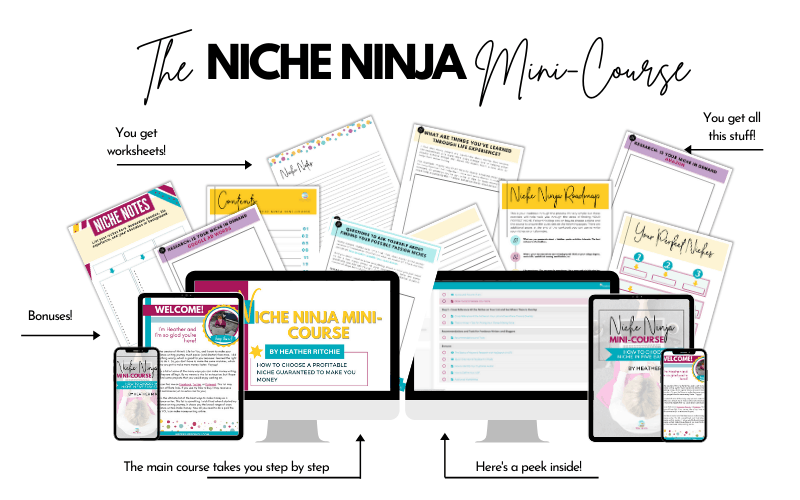
How to Define Your Ideal Client Avatar
I’ve designed a handy customer avatar worksheet to help you flesh out your avatar. It’s pretty self-explanatory, but we’ll talk a little here about how to identify your perfect writing client.
Defining your perfect avatar is about understanding his or her fears and motivations deeply. What do they like to do? Where do they hang out online?
Having a worksheet made creating my ideal client avatar much easier than my previous attempts at defining that person. It walks you step by step through each category and helps you reach that ah-ha moment when you finally get it.
Before you can go on a scavenger hunt for your ideal client, you want to identify what makes them your perfect client. How do you relate to them?
Is it a topic, project type, or subject matter that appeals to you? Do you prefer certain communication styles like writing or video? Is the industry they work in?
Are you looking for someone who is detail-oriented or someone who lets you manage the details? Perhaps you want a client who gives you a lot of detail to write your articles or one that gives you a general topic and lets you run with it.
Many people view their ideal client as someone who provides them with consistent work that pays well. That’s certainly a bonus. However, if you don’t enjoy the work, earning an income doing those projects may be dull or stressful. They won’t be an ideal client.
There are actually six main ways to get to know your avatar:
- Demographics
- Psychographics
- Analytics
- Online conversations your audience is already having
- Review mining
- Interviews with members of your target audience
No one type of data in this list can give you everything you need, which is why they work together, and each provides different information you can use to reach your target audience.
Let’s dive into them now.

1. Demographics
Demographics are the statistical data that relates to a specific population and the groups associated with it. It includes things like:
- Age
- Gender
- Marital status
- Economical status
- The number of children you have
- Hobbies
- Their job
- Where they live
- The language they speak
And the list goes on and on. You want to get really specific about your person because the better you know them, the easier it is to connect with them.
Where do they live? What’s their occupation? What level of education do they have? Include how much income they make. Talk about their spouse, kids, etc.
What hobbies do they have? What magazines do they read? Do they have favorite podcasts? Do they follow specific blogs? Where do they get their inspiration and ideas? Do they look on the internet, in magazines, ask friends, etc.?

Where Does Your Ideal Client Hang Out?
The next step when looking at demographics is to explore where your ideal client may hang out. Do they participate in industry forums? Are they in your local networking group? Find out where they hang out and make yourself a part of their world.
Join the same groups that your ideal customer avatar would so you can gain more insight into their problems and challenges.
For example, if your ideal client is a small business blogger interested in parenting and child-related topics, then you may network on small business blogging sites or parenting sites.
If your ideal client is a newbie writer, hang out in Facebook groups for new and aspiring writers. This part was something I really struggled with.
What I realized was that the old me three years ago was my ideal client or customer—the girl who desperately wanted to work from home as a writer. However, I didn’t quite understand until I went into some of the groups I hung out in heavily when I first started.
I noticed that I had advanced and could help the new people in the group. As someone who was further along the path, I could provide help and guidance to new writers the same way more experienced people helped me in the beginning.
Check out the people who are hanging out in these Facebook groups or active on Pinterest or LinkedIn. Connect with them.

2. Psychographics
Psychographics represent the psychology of a target market or audience. This type of research is much more helpful than demographics alone because it provides you with the things your audience actually cares about.
It’s the psychology behind why they do what they do, AND since emotions are the primary driver of purchase decisions, it’s pretty important to understand the psychology of your ICA.
Psychographics includes things such as:
- Would really like to work from home so she can spend more time with her family
- Is interested in writing
- Wants to make more money doing something she loves
- Hangs out on Facebook and Instagram
- Wants to write a book one day
- Has no clue where to start to find a work-from-home job
- She’s goal-driven and tenacious.
- She’s willing to learn what she doesn’t know.
Now you know quite a few things that you could use in your marketing to attract your avatar, plus you know where to find her – on Instagram and Facebook.
She’s motivated to take the next step because she is tired of working at a job that takes up a considerable amount of her time. Your avatar just needs your course or product to guide her.
We really want to look at their values and goals here because if you can connect with the way they feel about these things, you’re golden.
What are the challenges they face that make it hard to achieve their goals? What are their pain points?
How do they usually achieve their goals?
Maybe they want to work from home but are too overwhelmed with information overload, or they don’t have any experience.
Now think about how your avatar addresses those challenges. Successful people formulate a plan so the challenges don’t catch them off guard, and they know how to overcome them.
Many people seek education or training to fill in the gaps and accelerate the process.
How does your avatar learn best? Do they like learning online, in a traditional classroom, or both?
Lastly, what are their buying preferences? Some people don’t like going into actual stores and do all their shopping online. Others like using a phone to buy things.
Most importantly, how is your product the solution that gets them from point A to point B while addressing their pain points?
Your Buyer’s Concerns
All buyers have concerns and this aligns with the psychographics. Think of the last time you bought something. What were you worried about? Was it the cost? Or did you worry if it would work?
People don’t want to be fleeced and look stupid. They need social proof that it works, and even a money-back guarantee quells some of these fears.
While this data can prove invaluable, we don’t stop there.
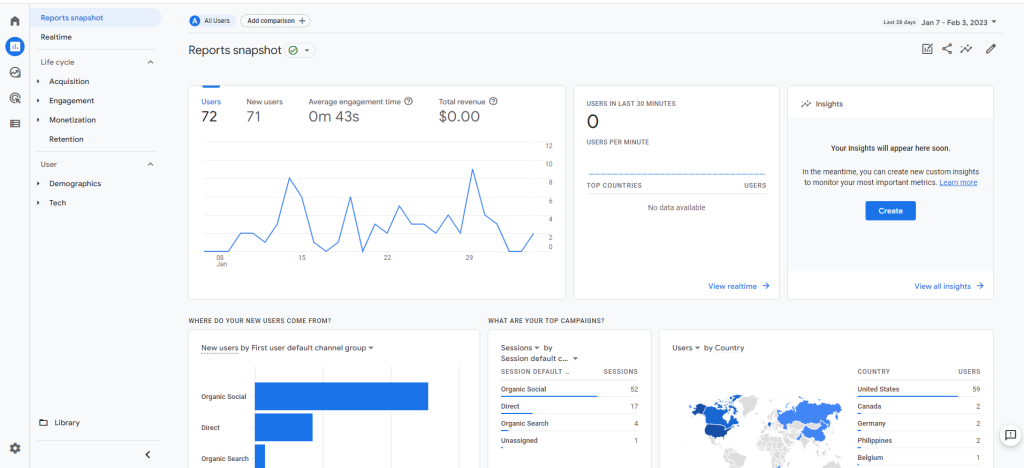
3. Analytics
You’ve probably heard people say that you need to make business decisions based on data. I admit I do not like analyzing data, but it is necessary if you want to be successful. Free platforms like Google Search Console and Google Analytics make this much easier to do.
Social media analytics help you determine what type of content your audience interacts with the most so you can focus more on those types to get more engagement. If you run Facebook or Pinterest ads, you can see how much you make for each dollar spent on advertisements.
Google Analytics can show you the landing pages people visit the most from Google, social media, YouTube, etc. And Google Search Console can tell your what keywords you’re ranking for and how many people are clicking through to your website.
You can also retarget people who only get halfway through each funnel to encourage them to take the next step or introduce you to new people to get them to sign up for your lead magnet.
Then we can kick getting to know your audience up another notch with these next three ways.
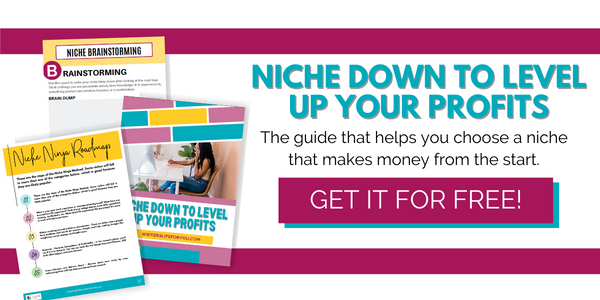
4. Online Conversations Your Audience is Already Having
Your audience is already talking about their problems online, and likely you have too. These places are absolute goldmines for learning more about your target audience.
- LinkedIn Groups
- Facebook Groups
- Online Forums
- Quora
- Youtube
On forums, Quora, and Reddit, people ask questions or search for answers and comment on those, and these are great places to find your audience’s pain points and problems.
Many people are actively searching for solutions or trying to identify their exact problems. Many times they may not even recognize yet that they have a problem.
Facebook Groups and LinkedIn Groups are also great places to search for phrases your audience uses so you can add that language to your sales page. That’s how you can get your avatar to say, “How did she know that? It’s like she read my mind!”
Think of the Facebook Groups you’re in. I know I am in several blogging ones, and people ask for help all. the. time. I think Facebook Groups are probably the best place, but if your ideal avatar hangs out on LinkedIn, don’t discount those groups.
YouTube is another great place to learn more about your avatar. Check the comments on videos to see what people are saying. I’ve found some great phrases right from my audience’s mouth that I’ve used on my sales pages.
When I was brand new and didn’t have my own audience, these would have been great places to find potential problems I could solve if the earlier me wasn’t my avatar.
I already knew a lot of the issues, so if you aren’t targeting someone like the earlier you, groups and forums are great places to get ideas.
5. Review Mining
I am a big fan of review mining though it can take some time. But the way this works is you go to a place like Amazon, look for book reviews on your topic, and then look for the ones with two or three stars to see what people thought could have been better.
You can get product ideas and even features to add to your course or product to address things your competitor doesn’t.
And you can use language from actual people in your niche in all your copy, like sales pages, social media captions, etc. This could work with positive reviews too. The key is learning your audience’s exact language and calling it out on your sales page. Consider this three-star review on a weight loss book on Amazon:

You could say this on your sales page, in an ad, or in an email:
“People tell you to remove flour and sugar, and that works, but it’s not realistic and total deprivation is simply the road to failure.”
This allows your messaging to be that much more powerful, and you’ll learn:
- Whether the product helped the person or not
- What they liked and didn’t like
- Things they wish the product included but didn’t
- The specific problem it solved.

6. Interviews With Members of Your Target Audience
If you already have an audience, jumping on a phone/video call with a few willing people or even having them fill out surveys can be really helpful because then you know exactly what they need or want.
Even just asking something like, “what is the most challenging thing about XXX for you?” You can also ask where they go to find answers to their problems because that would be another great place to research.
And the follow-up question most people miss is, “Tell me more.” And what follows is their personal stories in their own words. And those words are perfect for all your copy and marketing.
Truly knowing your audience can have magical results. And I absolutely love the example Chatbooks. If those people don’t know their audience, then no one does. I wanted to buy their product, and I’m not even their target audience! Watch this YouTube video of one of the ads/commercials.

Final Thoughts on Finding Your Ideal Client Avatar
Finding your ideal client can seem daunting at first. That’s where the avatar worksheet comes in. Filling it out familiarizes you with them and makes it easier to create products to solve their problems.
When your product resonates with your client, you’ll see a massive increase in your cash flow versus when you were guessing what they wanted.
And remember that there is a psychology behind buying as people use their emotions when they make a purchase decision and then justify it with logic. It helps you combat all their what-ifs and buts about your product or service.
When you get to know your perfect client intimately, you can communicate with them and draw them in and help them easier. You’re speaking to that one person and writing your newsletters and social media posts directly to them.
By identifying that one ideal client avatar, your communication becomes clearer, and you find your true tribe.
Seek your ideal customer avatar online and off. Ask for introductions and referrals. Connect with them, and don’t be shy. Your ideal client may be looking for their perfect freelancer – YOU!
Related Posts to How to Define Your Avatar
How to Choose the Best Profitable Niche for Your Blog and Business
8 Free Freelance Writing Courses That Will Blow Your Mind
18 Useful and Fun Gifts for Freelancers
How to Make Money Ghostwriting: The Secret Tips No One is Telling You
How to Set Your Freelance Writing Rates Like the Pros Do
Project Management for Solopreneurs: Top 9 Project Management Tools That Make Life Easier
17 Best Gadgets for Writers That Make Great Gifts
How Long Does It Take to Write 1,000 Words + How to Write Faster
A Freelancer’s Guide to Getting Yourself Out of a Writing Rut




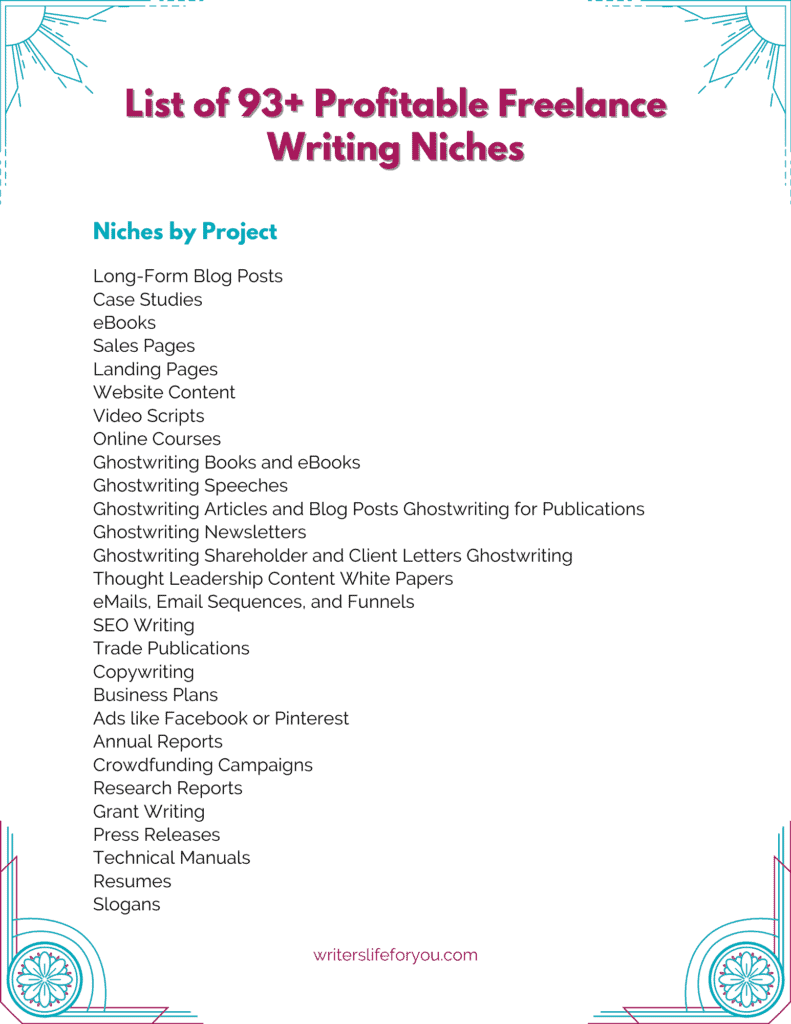




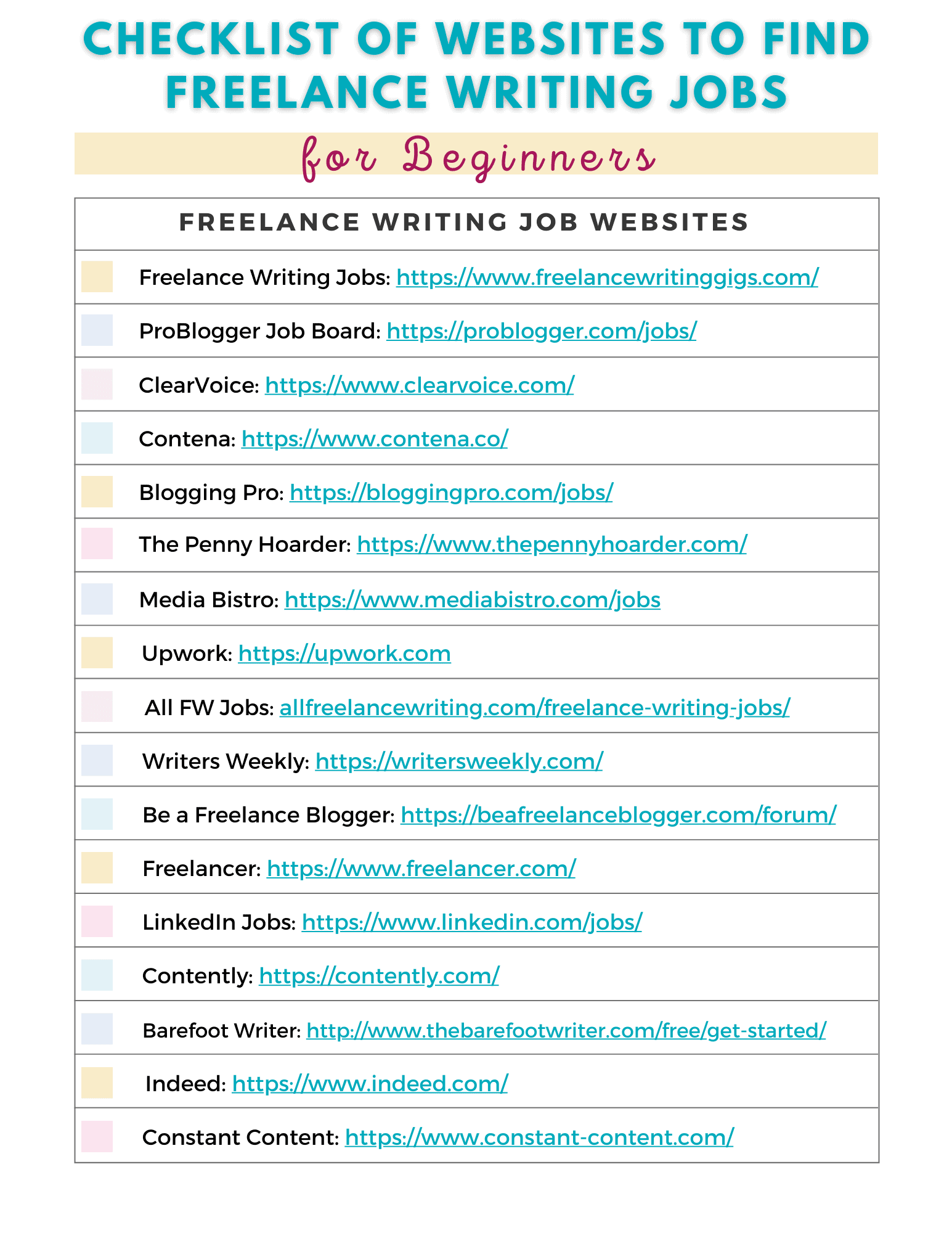
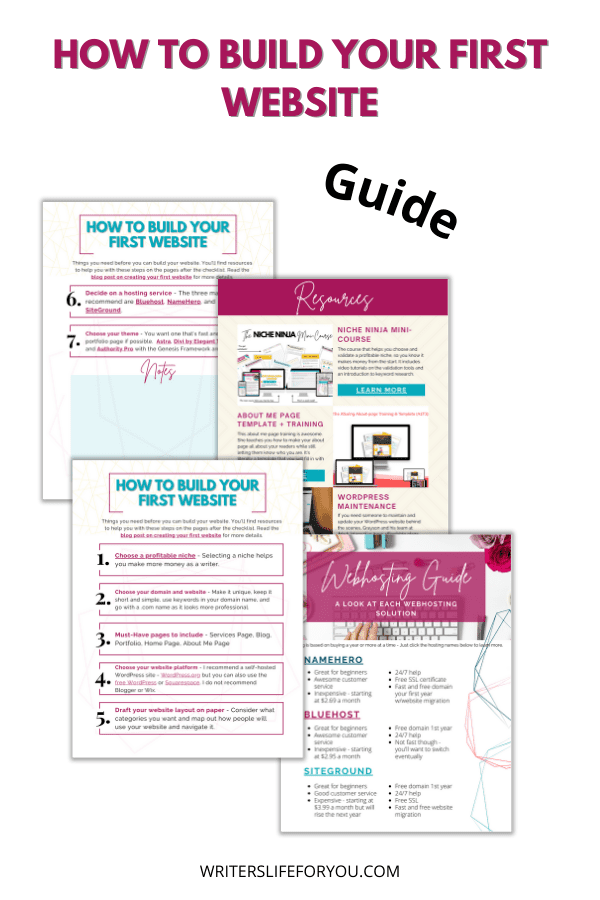

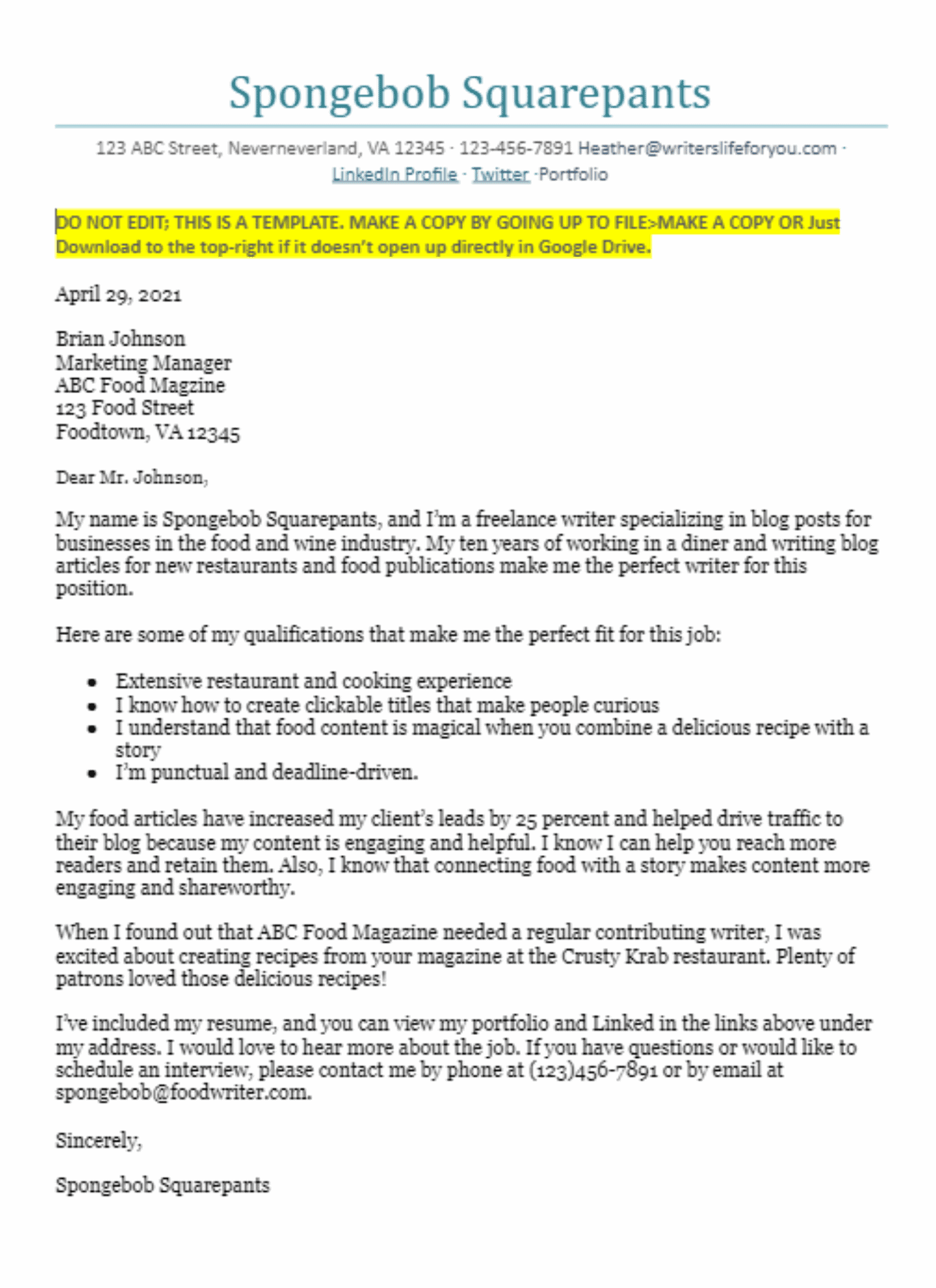

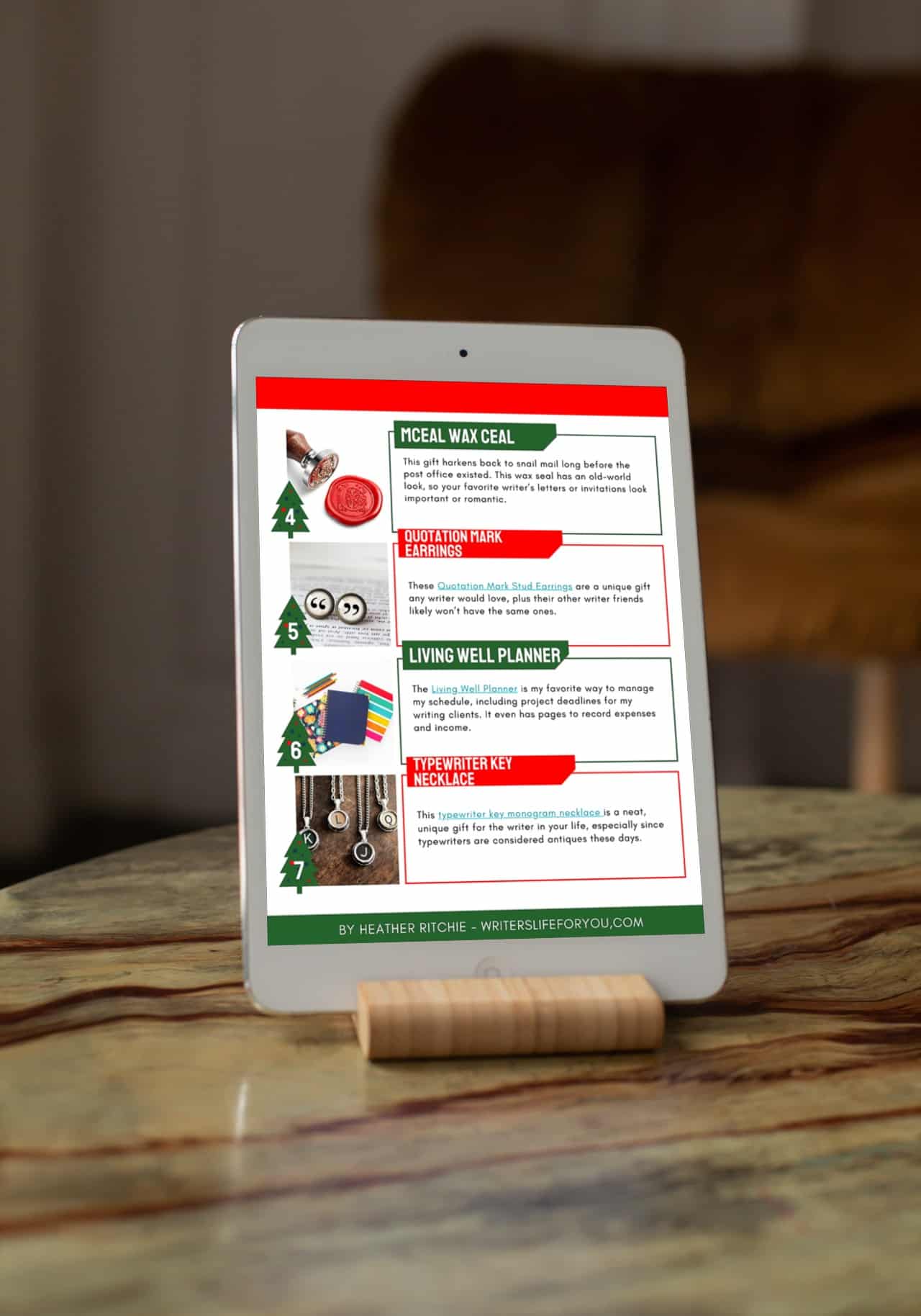



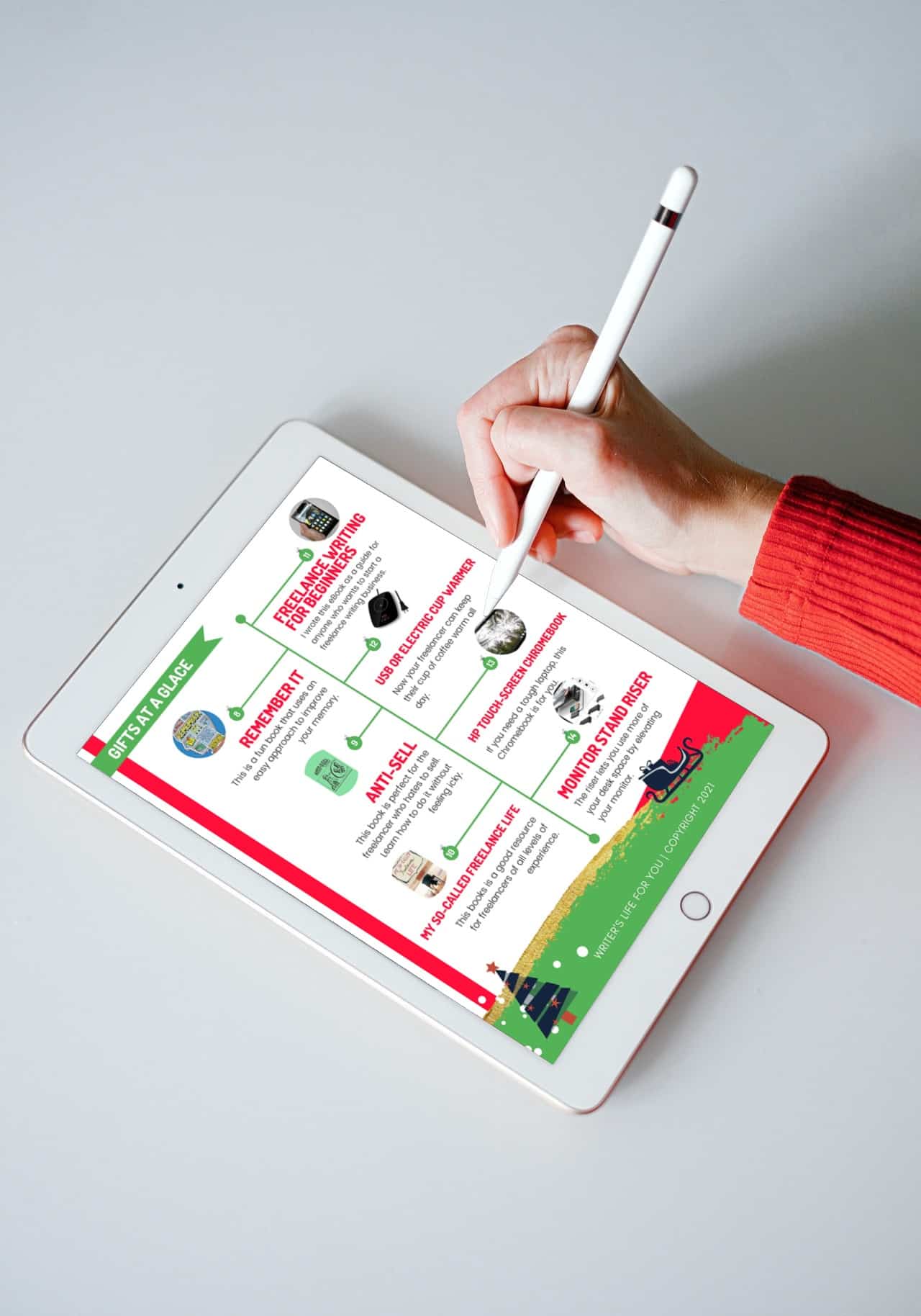


Very informative article and content. As a blogger just starting out, I will be saving this for future endeavors. Thank you!
Thank you! Nailing down your avatar is important so you know who you’re writing to.
Great post thanks for sharing
Pingback: Quickly Start a Freelance Writing Business with No Experience
Pingback: The Best Way to Get Paid to Write Online Now - Writers Life for You
this is the most valuable information ive read about identifying ideal clients. I’m so looking forward to more blogposts!
Great and thank you for reading! I just remember how hard it was for me in the beginning and want to make it easier for everyone else.
Very informative article. Gave me lots to think about when trying to pick my avatar. I thought I should just write using my self as the avatar. I was wrong and will try your approach before writing blog posts.
Actually, one easy way to define your avatar is if that person is the earlier you. That’s often who it ends up being, so you are on the right track but only IF that person was you earlier in your journey. 🙂 For many people, that is their avatar, but I actually do name them and use the freebie in the post to drill down further on that person instead of modeling them completely after me because you may see now that that person has different needs that you didn’t even think of back then. I’m glad you liked it!